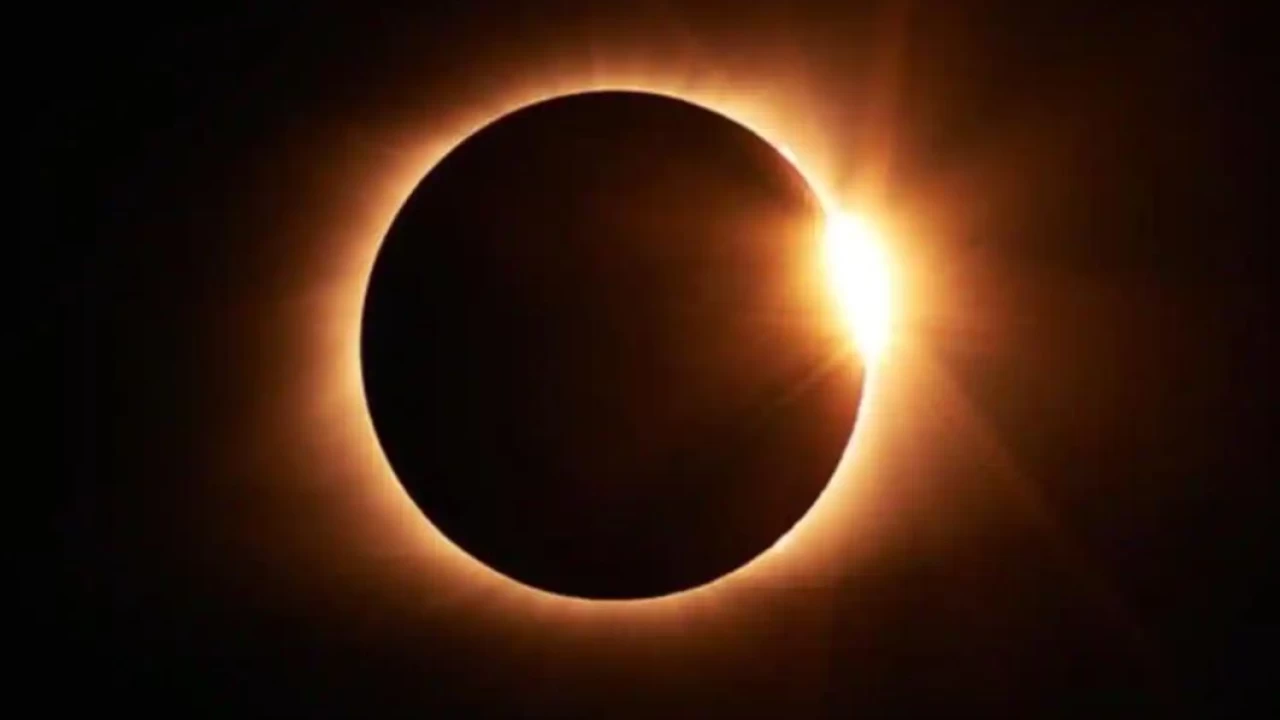Technology
Year's only total solar eclipse to occur on December 4
On December 4, just an hour after sunrise the “White Continent” will go dark as a total solar eclipse occurs in one of the most remote and beautiful regions

Lahore: Days after the world witnessed the longest partial lunar eclipse in over 500 years, stargazers are going to witness another celestial event as a total solar eclipse will occur on Saturday, December 4.
This will be the last Solar Eclipse of the year and the next total solar eclipse will occur on April 20, 2023.
The partial phase of the solar eclipse will be visible in southern parts of Australia, New Zealand, Africa, and South America, and the Pacific, Atlantic and Indian Ocean. Antarctica will be the only place to witness a Total Solar Eclipse.
In many of these locations, the eclipse will occur before, during, and after sunrise or sunset. This means that viewers will need to get a clear view of the horizon during sunrise or sunset in order to see the eclipse.
While the Total Solar Eclipse will occur on December 4, skywatchers will be able to witness the Super New Moon in night skies on December 3 and 4.
What is a Total Solar Eclipse?
A Total Solar Eclipse occurs when the New Moon comes between the Sun and Earth and casts the darkest part of its shadow, the umbra, on Earth. A solar eclipse has five different phases from beginning to end. The first phase is the beginning of the partial eclipse when the Moon becomes visible over the Sun's disk. The second phase is the total eclipse when the moon covers the entire disk of the Sun.
The third phase of the eclipse is when the Moon completely covers the disk of the Sun. Only the Sun's corona is visible, this is called maximum eclipse. It is this phase when the sky goes dark. The next phase marks the beginning of the end of the eclipse with the Moon moving away letting the Sun reappear. The eclipse ends with the Moon completely away from the Sun's disk.
What is a Super New Moon?
When the Full Moon or a New Moon occurs during the Moon's closest approach to Earth, its perigee, it is often called a supermoon. The New Moon is when the Sun and Moon are aligned, with the Sun and Earth on opposite sides of the Moon.
-

 Regional 1 day ago
Regional 1 day agoEvery year, tuberculosis kills over a million people. Can a new vaccine turn the tide?
-

 Pakistan 23 hours ago
Pakistan 23 hours agoSaudi Arabia nothing to do with Imran Khan’s ouster: PM’s aide
-

 Sports 1 day ago
Sports 1 day agoFantasy roundtable: Who are the big winners from the draft?
-

 Business 1 day ago
Business 1 day agoGold price high by Rs500 per tola in Pakistan
-

 Pakistan 2 days ago
Pakistan 2 days agoBadar Shehbaz appointed as media coordinator of Shehbaz Sharif
-

 Pakistan 1 day ago
Pakistan 1 day agoImran Khan’s interim bail extended in three cases
-

 Sports 2 days ago
Sports 2 days agoBabar Azam wonders amid differences with Shaheen Afridi
-

 Pakistan 1 day ago
Pakistan 1 day agoCourt approves plea of Bushra Bibi, Imran Khan medical checkup































